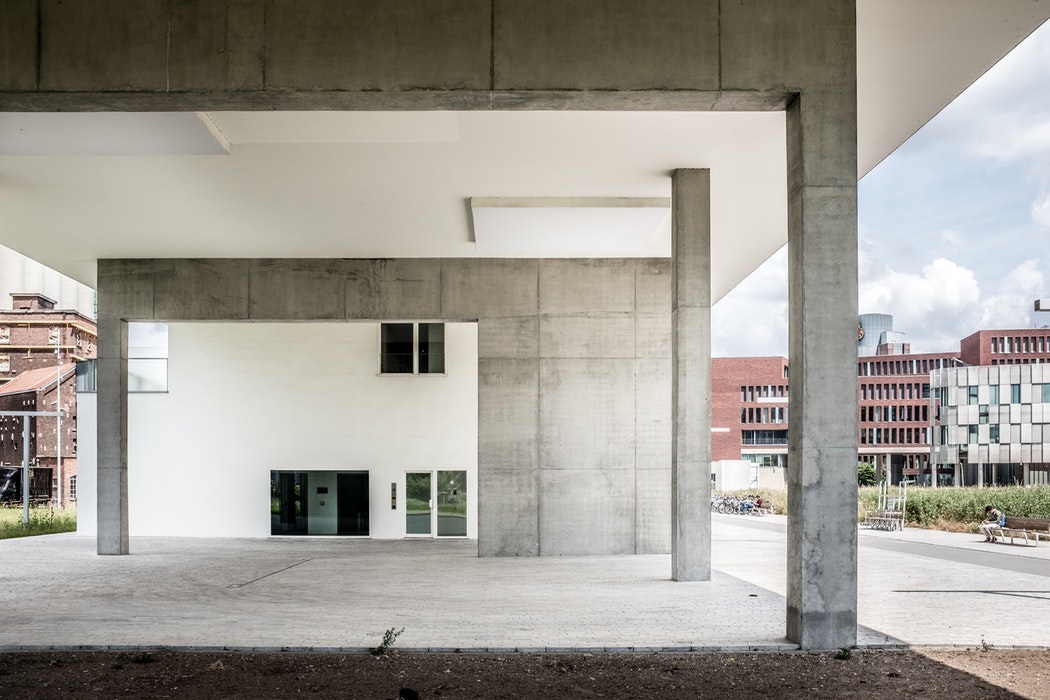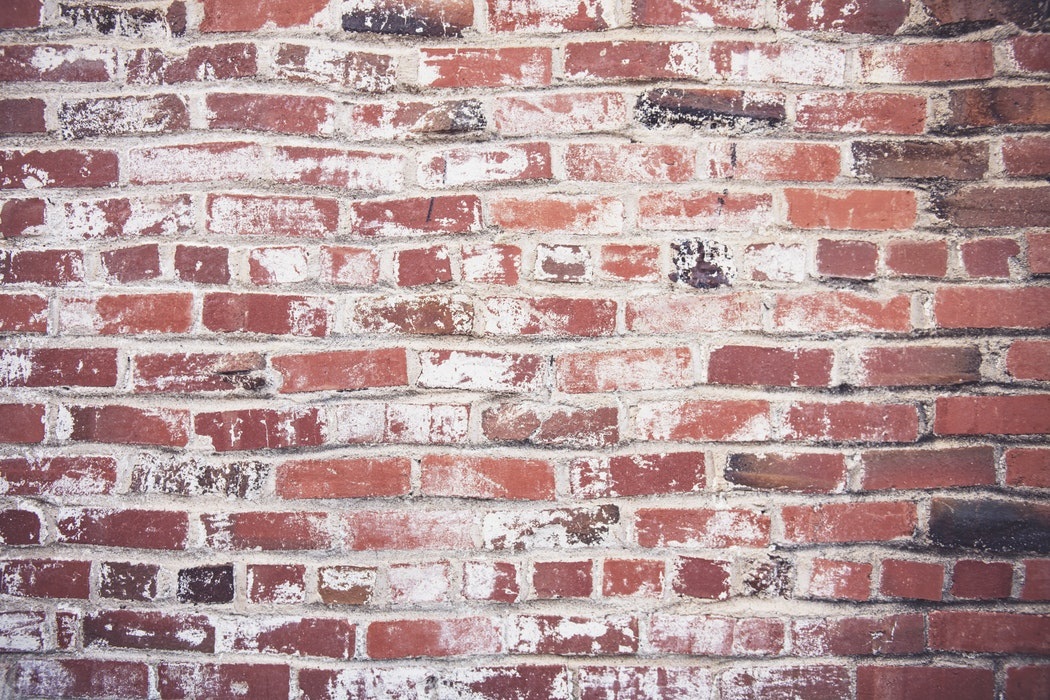If you desperately want to upgrade the exterior of your home and give it a new life – you’re definitely at the right place, so stay with us and keep on reading!
We will discuss the process of rendering a house and provide the four most common types of render you should know about. Just check them out and make the right decision!
First of all: what is a render?
In case you don’t really know what render is, we must say that it’s basically a coating applied to the exterior of a home.
As simple as that! There are a lot of reasons why you should decide to render your home, and some of the most common ones are: the existing render got cracked or discolored; protecting the walling material from the harsh weather conditions; insulating your home with external insulation systems; and many others.
People also decide to apply to render as a decorative effect, in order to make the walls look good, as well as to give their walls a smooth, plastered finish.
It’s usually built up in two or three coats, which makes it prone to cracking. There are different types of render you can go for depending on your needs, so here are the most popular ones and their benefits:
Benefits of cement render
Speaking of cement renders, we have to say that these are the standard option. They’re normally mixed on site and applied in two or three coats, as stated above.
The base coats are scored while they’re still wet so that they can provide a good foundation for the next layer.
The top coat is usually applied in a thinner layer, giving a shiny, ready-for-painting finish.
Cement renders can be painted once they’re completely dry, and you should know that they need to be painted regularly if you want to keep them looking their best.
Even though these are cheap as far as materials are concerned, these are a bit expensive when it comes to labour and can crack if the underlying structure moves.

Benefits of acrylic renders
On the other hand, acrylic renders are often applied as a thin finish coat, and these are used to seal and enhance the appearance of the coat underneath them.
These are quite flexible as well, which means that they can’t crack easily, and that’s why people love them so much.
This is particularly the case in Australia, where acrylic rendering services in Sydney are gaining momentum these days thanks to their durability and lasting finish.
In fact, acrylic renders actually feature silicone, which promises even longer life and has a self-cleaning property.
Does it get better than that? Well, yes it does, as these renders bring texture and colour, too!
Benefits of lime render
Lime renders are making a huge comeback nowadays, and you should know that these are commonly used instead of cement renders – especially where breathability and flexibility are required.
However, you should bear in mind that lime renders are a little harder to apply than regular cement ones, which is why they’re used mostly for conservation works.
If you decide to go for lime renders, you’ll be less likely to face problems with moisture getting trapped within the wall.
This is a common problem when cement renders are used on old walls, so remember that if you want to avoid such problems.
Apart from that, lime renders are more expensive than regular cement ones, and they also require applying several coats of limewash frequently.

Benefits of monocouche render
Last but certainly not least, monocouche renders are also really popular these days – particularly throughout Europe.
In fact, ‘monocouche’ is a French word for ‘single layer’, and this kind of render is actually supplied in a bag form, ready for mixing with water.
What’s interesting about it is the fact that it can be either sprayed on or applied with a hand trowel.
As they use white cement and are pre-coloured, you won’t need to repaint them all over again, which is a quite cost-effective solution.
Besides that, the combination of color and white cement means that you can come up with a decorative finish and a weatherproofing layer at the same time.
As their name suggests, monocouche renders should be applied in one coat (around 15mm thick), which is why they don’t require as intensive labour as other, traditional renders.
Similarly to acrylic renders, monocouche ones are self-cleaning as well, and they also have additives that make them more flexible and can prevent cracking.
As you can see, there indeed are a lot of things you should know about renders before you make a final decision and opt for the best one that meets your needs.
All you have to do is to stick to our tips and guidelines and you’ll nail this task like a real pro, without a shadow of a doubt!
author bio: Audrey Taylor was born in San Francisco, and moved to Adelaide at the age of five. Marketer researcher and social media manager on hold, full – time mommy of a cheerful two-year-old. Graduated from Queensford college, worked in a couple of marketing agencies across Australia, eager to learn more about business and share her experiences. Travelled across Europe. Her hobbies include: home decor, fashion, travel, music, old movies.



I think it would be a good idea for my to get cement renders. That would probably add a lot of stability. It’s nice that they can be painted, like you said. That could end up helping them stay in good condition as well.